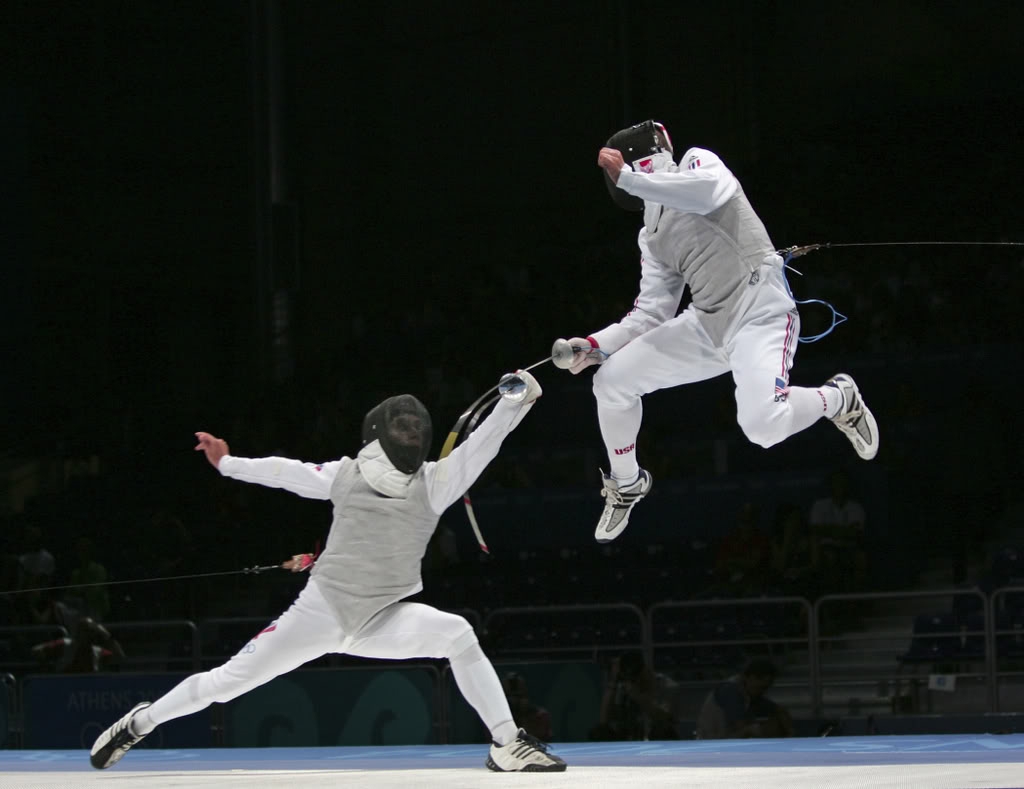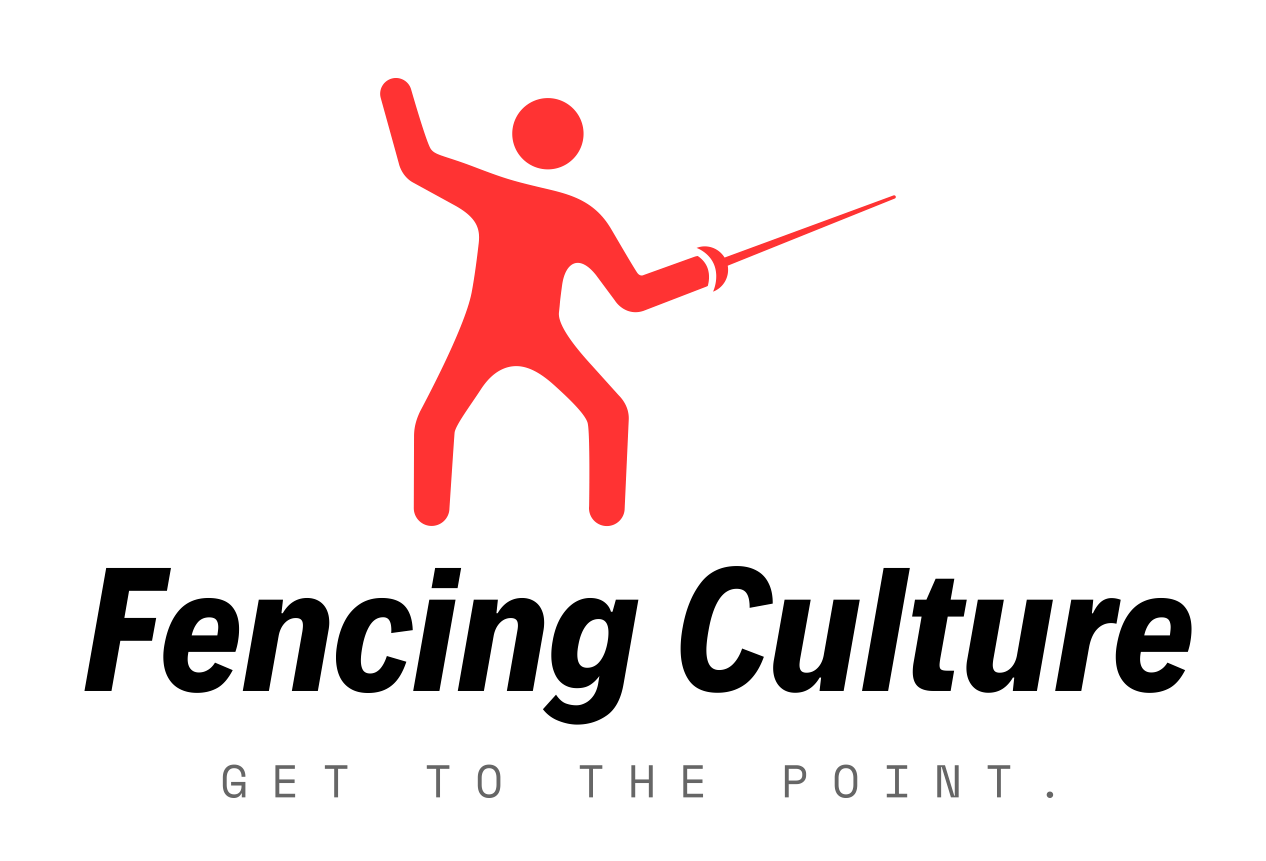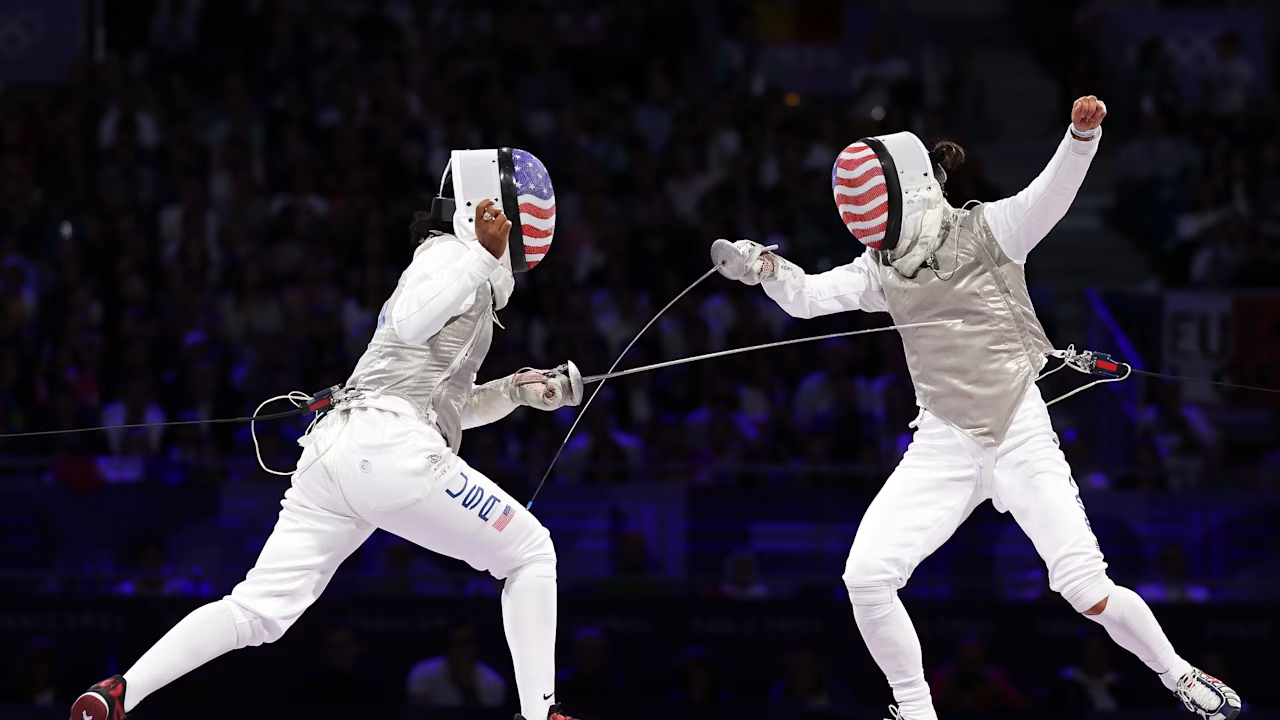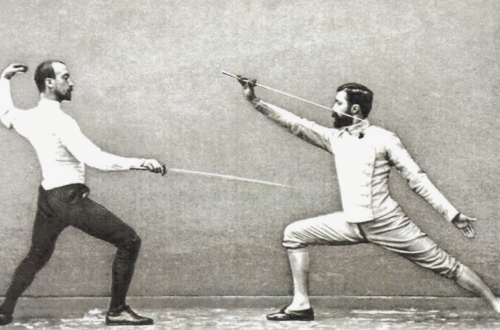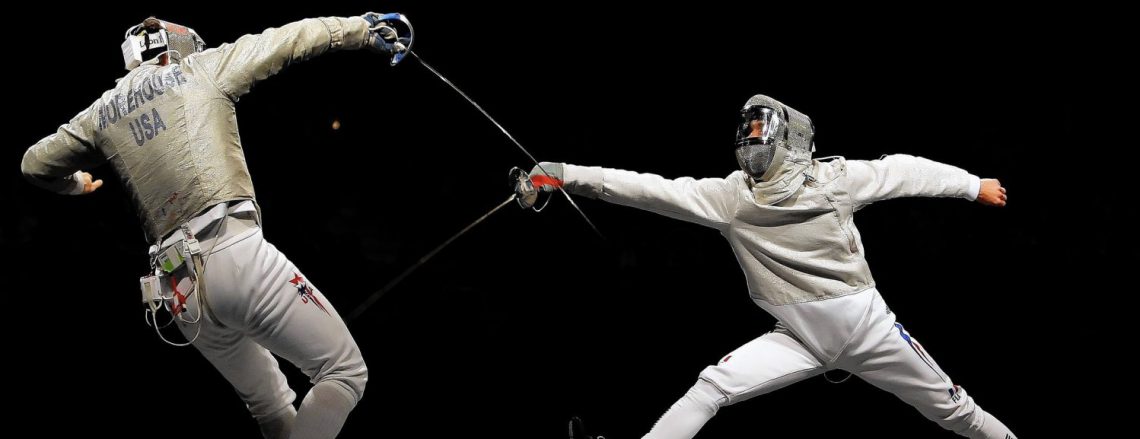
Sabre Fencing
Unleash the Fury: A Deep Dive into the Thrilling World of Sabre Fencing
Fast-paced, dynamic, and undeniably exciting – that’s sabre fencing in a nutshell. Unlike its foil and épée counterparts, sabre brings a unique blend of cutting and thrusting actions to the piste, creating a spectacle of lightning-fast attacks and daring parries. Let’s delve into what makes this electrifying discipline so captivating.
The Weapon and the Target:
The sabre itself is a light, curved weapon descended from the cavalry sword. This distinctive shape allows fencers to score points not only with the tip (like foil and épée) but also with the front and back edges of the blade. This opens up a wider range of attacking possibilities and necessitates a different set of defensive techniques.
The target area in sabre is also unique, encompassing the entire head, torso above the waist, and the arms (down to the wrist). This reflects the historical context of mounted combat, where these were the vulnerable areas of an opponent on horseback. The mask, therefore, is a crucial piece of electrically conductive gear, registering touches to the head.
The Essence of Sabre: Speed and Aggression:
Sabre fencing is often described as the most aggressive and visually explosive of the three disciplines. Matches are typically characterized by:
- Blazing Speed: Attacks and parries happen in the blink of an eye, demanding incredible reflexes and agility from the fencers.
- Dynamic Movements: Footwork is crucial, with fencers constantly moving in and out of distance, launching quick lunges and powerful advances.
- Cutting Actions: The ability to score with the edge of the blade adds another dimension to the attack, requiring precise blade control and angle awareness.
- Emphasis on Initiative: Due to the speed of the weapon and the “right-of-way” convention (more on that below), taking the initiative and dictating the pace of the bout is often key to success.
The Rule of Right-of-Way:
Like foil, sabre adheres to the complex but crucial rule of right-of-way. This convention dictates which fencer has priority when both attack simultaneously. Generally, the fencer who initiates a clear and continuous attack with proper extension has the right-of-way. If the attack fails or is parried, the right-of-way can shift to the defender who then makes a valid riposte (counter-attack). Understanding and manipulating right-of-way is a fundamental strategic element in sabre fencing.
Why Sabre Captivates:
There’s a raw energy and excitement to sabre that draws in both participants and spectators:
- The Visual Spectacle: The rapid clashes of blades and the dynamic movements create a visually stunning and engaging experience.
- The Mental Game: Beneath the apparent chaos lies a deep strategic layer. Fencers must constantly analyze their opponent’s intentions, anticipate their moves, and exploit openings in fractions of a second.
- The Thrill of the Attack: The ability to launch swift and decisive attacks, utilizing both the point and the edge, offers a unique and exhilarating feeling.
- The Rich History: Sabre’s connection to historical cavalry combat adds a layer of tradition and romance to the sport.
From the Olympics to Local Clubs:
Sabre fencing is a prestigious event at the Olympic Games, showcasing the world’s elite athletes. However, the thrill of the sabre isn’t limited to the highest levels. Enthusiasts of all ages and skill levels can find clubs and communities dedicated to this exciting discipline, offering a fantastic way to improve fitness, develop mental acuity, and experience the unique adrenaline rush of wielding a sabre.
So, the next time you encounter sabre fencing, take a moment to appreciate the speed, the skill, and the historical legacy woven into every electrifying bout. It’s a discipline that truly embodies the spirit of attack and the art of the blade.Epee
